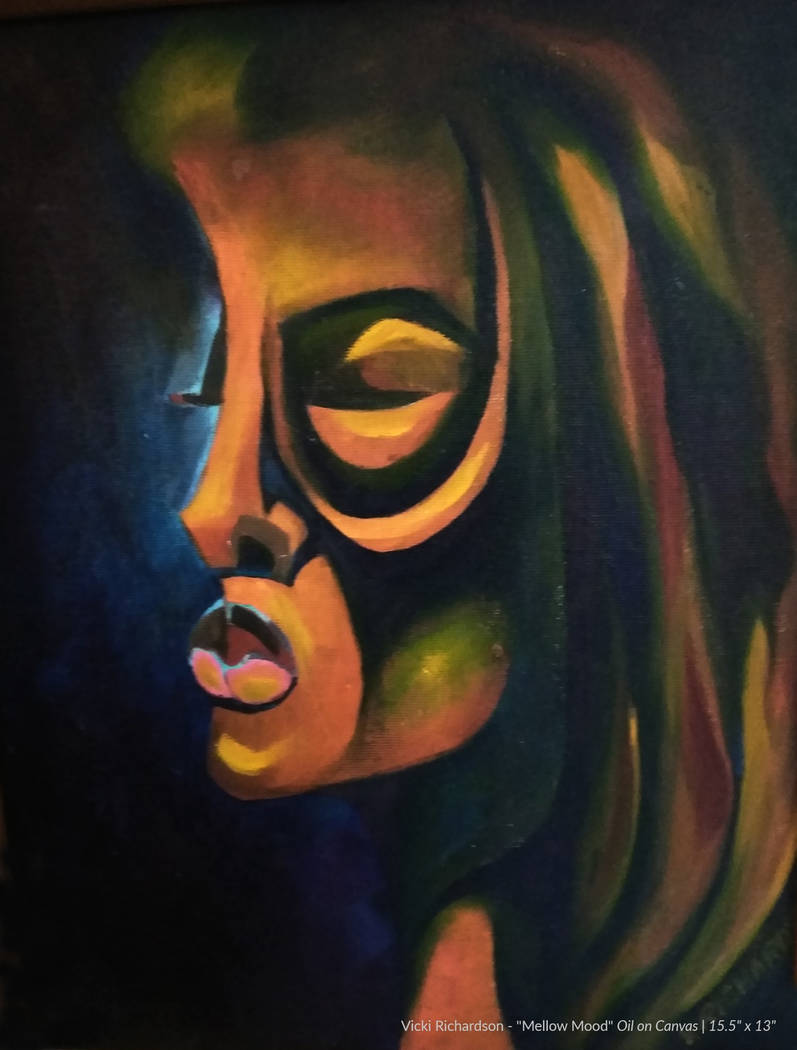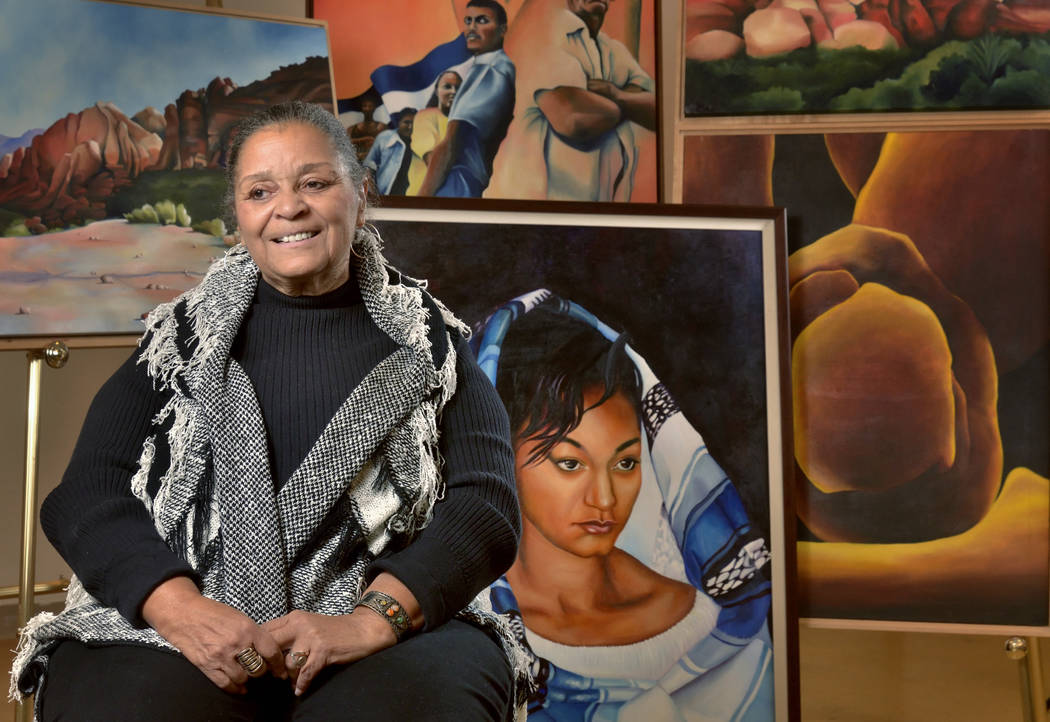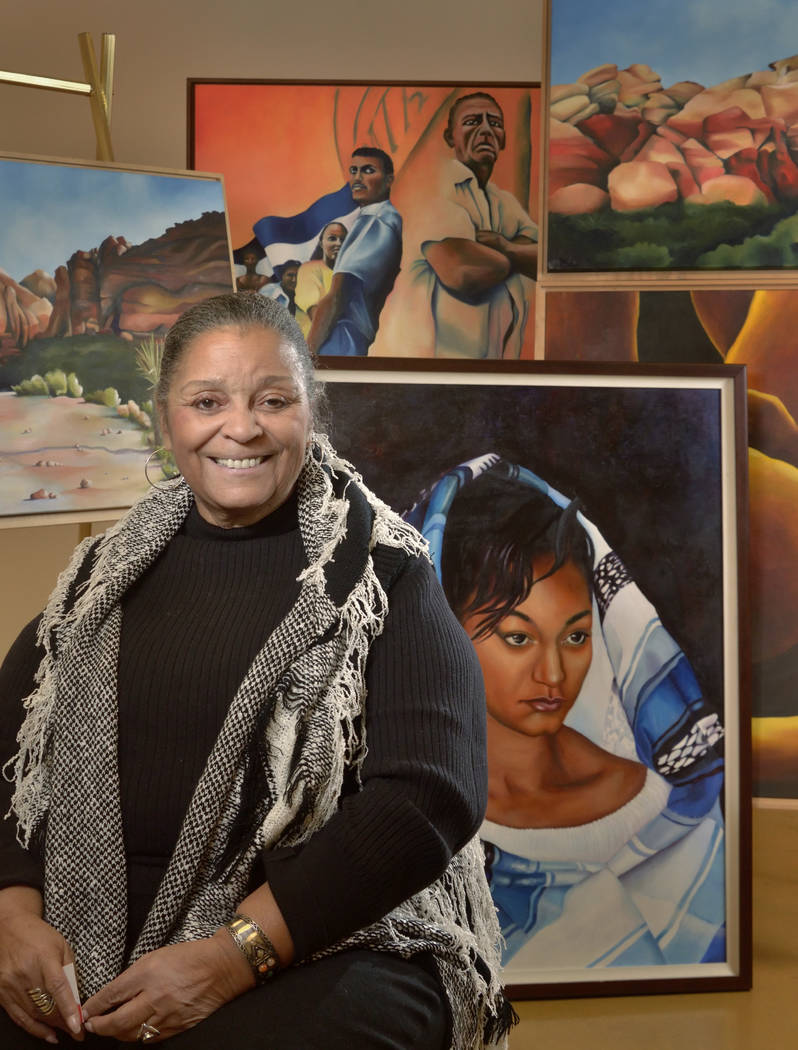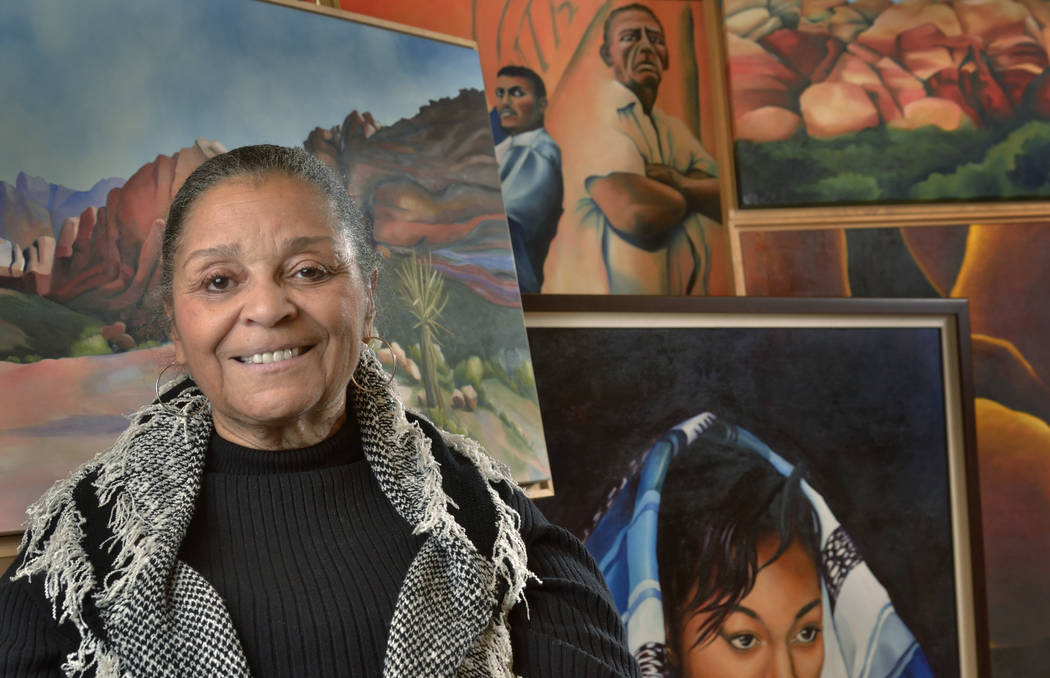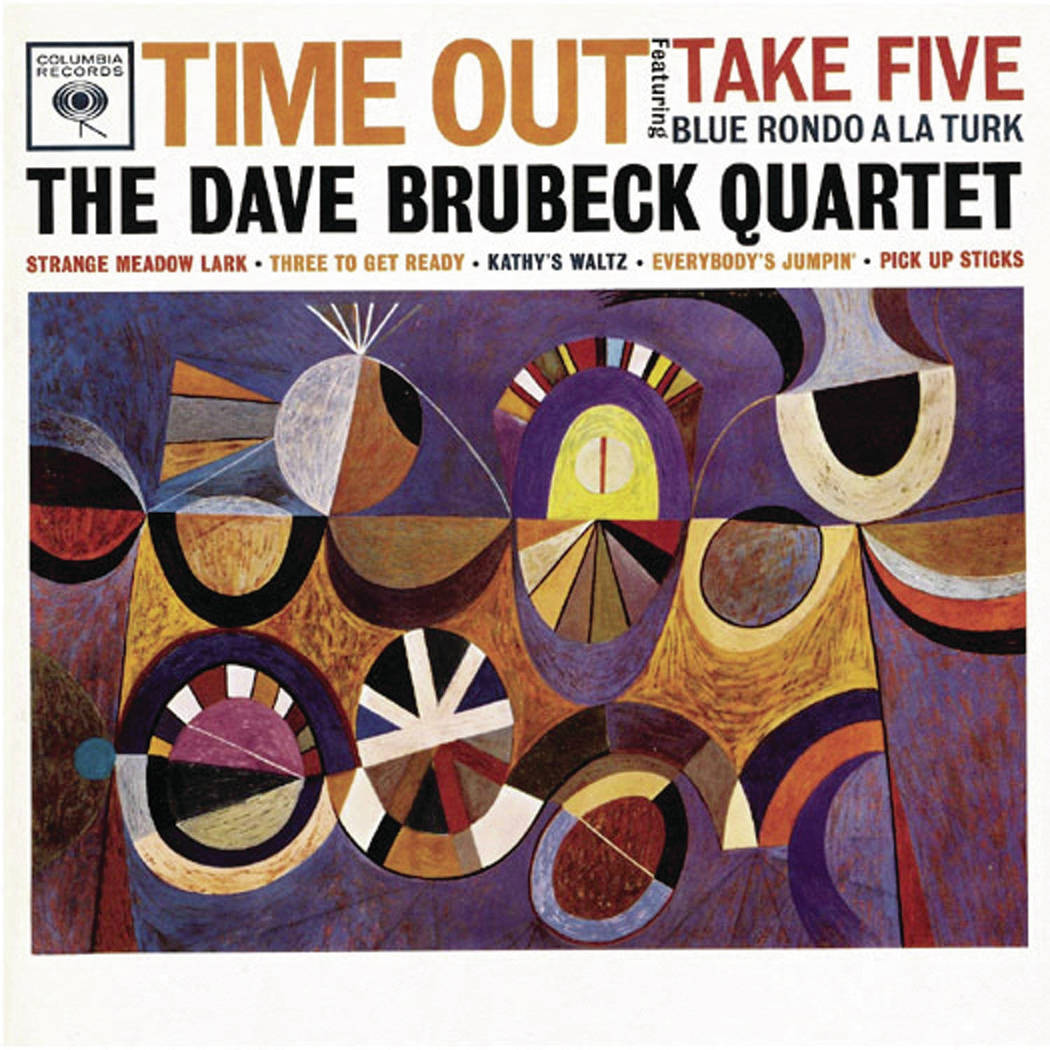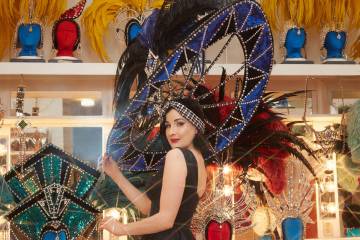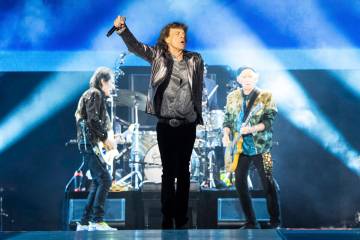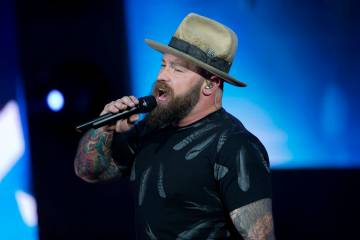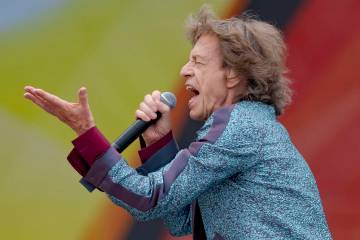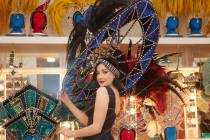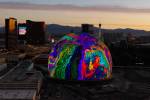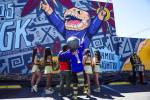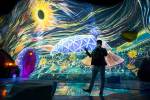Artist and gallery owner has perfected art of arts advocacy
During Vicki Richardson’s 36 years in Southern Nevada, she has pursued her passion for art on several parallel tracks.
She taught art to students in the Clark County School District for about 18 years. As founder of the nonprofit Left of Center Art Gallery & Studio, 2207 W. Gowan Road, North Las Vegas, she has mentored, cultivated and brought together African-American and a palette of multicultural artists, offering them studio and gallery space and constant encouragement.
She’s also a longtime advocate of public art as well as an artist whose latest exhibition of paintings, “After Images,” will run from Thursday to April 11 at the Las Vegas City Hall Chamber Gallery.
Oh, and there’s one other track: Richardson owns three Auntie Anne’s Pretzels stores here that help financially support her gallery and her art.
Richardson laughs. “One cannot survive by art alone.”
Richardson, 74, was born in Wilmington, Delaware, and attended college during the ’60s and ’70s. The civil rights movement and political and social tumult of the time inform her art even today. She showed artistic promise early and, at 16, taught art at a local community center. Yet, when she entered Fisk University in Nashville, it was to major in religion and philosophy.
“I thought of my art like a God-given talent that I could share with people,” she explains, “but I never thought I’d end up going into it as a career.”
But after changing her academic focus to art and earning degrees at Fisk and the University of Chicago, she taught for several years, always to inner-city high school students, in various cities back East before moving to Las Vegas. She taught art at Rancho — a school she had asked for because of its ethnic and racial diversity — and Cheyenne high schools as she continued to create her own art. In 1992, Richardson founded Left of Center gallery as a gathering place for African-American artists, a vehicle for mentoring young artists and a multicultural space where artists could make and show their work. It also houses, Richardson says, the largest collection of African art in Nevada.
Today, Left of Center gallery is as much community center as it is art studio and gallery. During weekly open houses on Saturdays, community members are invited to stop by to meet artists and watch them work. “That’s what makes our gallery a little bit different,” Richardson says.
Richardson and her husband of 36 years, Louis Richardson, a contractor, have four now-adult children. They’re not artists, but all, she says, smiling, “are creative.”
Review-Journal: You had planned to study religion and philosophy in college but decided to study art. What happened?
Vicki Richardson: I went over to the art department and I had some sketches and things I had done that I was going to do to illustrate a paper I was going to do, and the head of the art department was there. I wasn’t thinking of (studying art), but I guess he was thinking of it. … Also, I liked the casualness of (the art department). You have to realize, I went to college in the ’60s, and I went to a black college in the South, and we were not allowed to wear pants, we were, most of the time, going to class in heels, and you had to be very well-dressed and wear gloves at times. So in all of this atmosphere, the art studios were so relaxed, and you could wear a smock, you could wear your jeans. It was very casual. But it was a lot of hard work.
Did the civil rights and political and social atmosphere of those times influence your work?
It definitely had an effect on me, and if you were to look at some of my work during that time, you could definitely see the difference. I mean, I had raised fists and Molotov cocktails, and I have a piece right across the way that shows that (smiles). But I think that the artist does have a way of expressing different political views and different social issues, and they should take the opportunity to do that. I definitely did. And it doesn’t mean you have to do it every day and in every painting, but I think sometimes you just get kind of fed up and you say, “I have to get this off my chest,” and art is a good way to do that.
What was Las Vegas like when you arrived?
It was very hard to get your work in galleries here. They’d just say they didn’t have an audience here. … But I met two people early on and we actually set up our studios in the same place, so we supported each other. … We started exhibiting together and encouraging each other to participate in what was going on.
You’ve long been an advocate of public art. Why should people care about public art?
It’s art they can actually see right in their neighborhoods, that they can ride by, that they can go up and explore and touch and really have a relationship with. Public art sort of begins to identify a neighborhood. It gives you a lot of pride in the piece and a discussion take-off point.
What should people understand about the value of art in their lives?
I do feel that they need to understand that it just gives another dimension to your life. It opens your eyes to different cultures and different experiences. It’s like reading a good book. … I think there should be an art gallery in every community, a place where people can come to learn and be inspired and watch the whole creative process, and that’s what we try to do here (at Left of Center).
Contact John Przybys at jprzybys@reviewjournal.com or 702-383-0280. Follow @JJPrzybys on Twitter.
Getting to know: Vicki Richardson
Newest Vegas discovery
My discoveries are always places like Valley of Fire (State Park). It's a beautiful place and a very spiritual place.
Ringtone
"Take Five" by the Dave Brubeck Quartet
Favorite indulgence
If you could call reading an indulgence. It really is sort of a little escape for me.
Pet
A 2-year-old basset hound, Obi, "as in Obi-Wan Kenobi."
Favorite vacation destination
Cabo San Lucas, Mexico
Book I'm reading now
"Becoming" by Michelle Obama
Food I could eat every day
Rum raisin ice cream
Place I'd live if I didn't live in Las Vegas
Probably Charleston, S.C. It's a beautiful city. I love the historic cities, so I'm really drawn to (cities) on the East Coast that still have the cobblestone streets and things like that.



